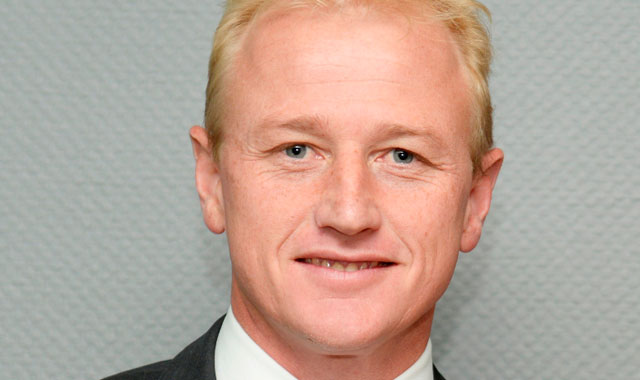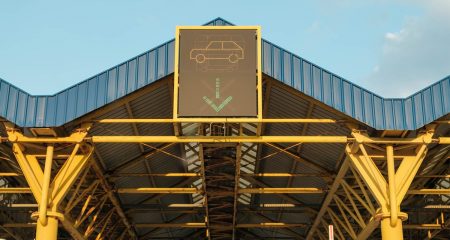 When last did you visit a bank branch? A few months back? Longer? If it was not for that infernal requirement to have stamped bank statements every time you try and do something/anything, you likely wouldn’t have visited a branch in years.
When last did you visit a bank branch? A few months back? Longer? If it was not for that infernal requirement to have stamped bank statements every time you try and do something/anything, you likely wouldn’t have visited a branch in years.
The thing is, retail banks have become exceedingly good at channelling transactions and processes to digital channels. First National Bank has led the charge locally, and has arguably been the most successful of the big four at the shift to digital.
Nearly every possible transaction used to require some sort of manual process performed by a physical person at a bricks-and-mortar location. Now? Home loans, personal loans, queries, replacement cards, deposits and foreign exchange are all possible without setting foot in a bank.
Each of these interactions is becoming more and more efficient and automated (I can contrast my experience of applying for and obtaining two home loans 18 months apart with FNB). And clients are highly incentivised through both the carrot of rewards programmes and the stick of punitive fees to not ever visit a branch.
Which made the outcry around recent news that FNB would be trimming its branch footprint all the more surprising. Sure, those affected won’t be able to look at this dispassionately, but it should be obvious for all to see that the cutting back of irrelevant branches (and costs) is positive. Would staff, shareholders and clients appreciate a bank that isn’t looking to shift transactions and investment to more efficient channels?
In its comments to the media following the news, FNB made it clear that full-service branches are not affected. This is bank jargon for what are effectively large, destination branches.
Branches are expensive
Branch banking is shifting (indeed, has shifted) from a model of needing to be as close to your customer as possible to one where customers need to visit a branch so infrequently that they’ll be content to deliberately travel to one. The suburban branches with a handful of tellers and which offer even fewer services are fast disappearing.
Branches are (rather obviously) very expensive. For one thing, prime locations don’t come cheap. And those dozens of staff certainly don’t either. FNB, and other banks, have done well at consolidating support staff in the form of “shared personal bankers” available to their higher-income clients. These bankers, required in transactions or queries that necessitate some level of human involvement, typically take care of anything and everything (card replacements, forex, home loans, queries), each for dozens or even hundreds of clients. It’s a call centre on steroids.
In its first-half results to 31 December 2015, FNB said that the volume of manual transactions increased by 1%, while electronic transactions were up by 13% (to comprise 88% of all transactions).
The growth across the bank’s electronic platforms is telling. Volumes on Internet banking (the most mature platform) are up by 7%; those on mobile (USSD) are 19% higher; the app has seen transaction growth of 60%; and deposits at its cash-accepting ATMs are up by 20%.

FNB CEO Jacques Celliers told Moneyweb in early March: “We now process more cash deposits outside branches at ATMs, than inside branches.”
From a volume point-of-view, that’s no surprise. And automated-deposit taking ATMs, also known as ADTs, will surely surpass branches in terms of value, too, at some point in the next 12 months, possibly as soon as six.
Against this backdrop, is it any surprise that the bank is cutting its non-prime branches?
In a Bloomberg report, a trader at Thebe Stockbroking was quoted as saying: “No one ever thought that FNB would have to resort to these measures”.
Quite why this is such a massive surprise to many is a mystery.
Former FNB boss turned venture capitalist Michael Jordaan was rather prescient in a series of January tweets:
My estimate is that 80% of the jobs that people currently do in retail banks can and will be automated. It’s merely a matter of time.
In the current low-growth environment the big banks who are best at automation and cost-cutting will win. Expect a year of job losses.
In the process of creative destruction many jobs will disappear but many new ones will also be created. Embrace life long learning.
You can be absolutely certain that there are multiple teams and projects ongoing in our banks focused entirely on removing layers of complexity and costs in physical branch networks. FNB’s Lee-Anne van Zyl has all but confirmed this, saying in a statement: “We are now applying measures to further improve the performance of the bank’s branch network. The process will commence in early February and run through to May 2016.”
While only 25 outlets will be affected in this current round of “optimisation”, it would be tough to bet against more changes later this year, following this review.
Global trend
This is happening globally, and while the “struggling economy” and “drought” provide useful cover, they don’t even tell half the story.
Soon, we won’t need tellers. (In my lifetime I’ve already seen the physical space occupied by tellers change from nearly all of the branch to just two counters. I wonder what my grandmother — a former bank manager — thinks when she walks into a branch these days.)
Absolutely key for the big four banks in the next five years is how they manage the “rationalisation” of their physical footprints. Expect an acceleration in the closure of branches. Simply put, the big four banks will have fewer branches at the end of 2016 than they do now. It’s hard to see anything else.
- Hilton Tarrant works at immedia
- This article was first published on Moneyweb and is used with permission




